As gardeners, it’s fair to say that we’re rarely happy with the Irish weather. “Too cold” was our gripe only a few short months ago, after which it was “too wet”, while for much of the past month it’s been – dare I say it – too hot and too dry. Because lovely as the recent sunny weather has been, lack of moisture in the soil causes all sorts of problems for our plants.
At the very worst end of the spectrum, it kills them. On a lesser scale, it causes plant stress, stunts and slows down growth (sometimes bringing it to a halt), reduces flowering and fruiting, causes bolting (where a plant prematurely runs to seed) and has a negative impact on harvest size. While this is tolerable in the short term when it comes to ornamental plants and shrubs, it’s of much greater concern in allotments and kitchen gardens, where the effects of the recent heatwave and near-drought conditions are being more painfully felt, especially along the east coast. Potato crops, for example, are right down in terms of the size and number of tubers. Lettuce and other leafy crops have also been quick to bolt, as have onions, while peas and beans have been slow to bulk up and soft fruit has been slow to swell.
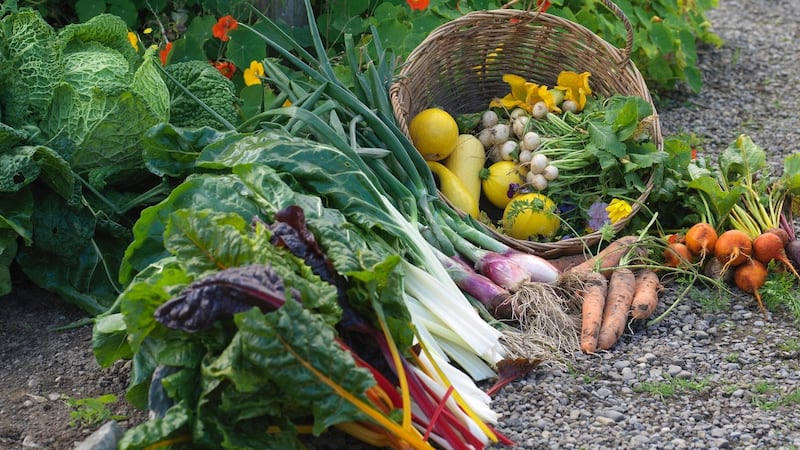
But don't throw in the towel just yet. Even at this late stage of the game, there are clever ways to coax a really decent harvest out of your garden over the coming months. For advice on choosing the very best performing vegetable varieties to play catch-up in this really difficult growing season, I went to professional kitchen gardener Dermot Carey, who cares for some of the country's finest food gardens, including those of Burtown House in Co Kildare and the new Avoca restaurant in Dunboyne, Co Meath.
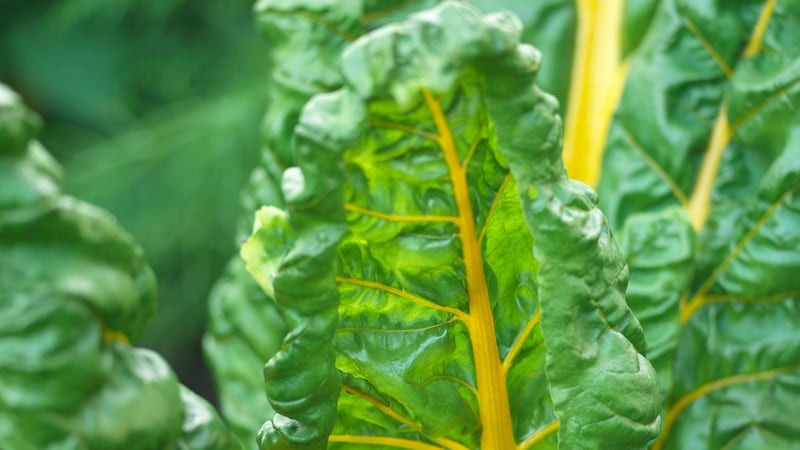
Beet it
Carey's advice is to concentrate on some ultra-reliable, fast-growing, space-efficient varieties that are guaranteed to come up with the goods. One of them is beetroot, in particular an F1 hybrid variety known as Pablo, which Carey promises can be sown right up to mid-July and will give you a decent crop of baby beetroot perfect for a summer salad, or for using in a tarte tatin or roasting in the oven. It is tasty, reliable and high-yielding, and seed is available from most good garden centres as well as from online specialist Irish seed suppliers such as greenvegetableseeds.com. If conditions are forecast to stay dry, sow the seed into modules filled with a good-quality seed compost for young plants that can then be transplanted outdoors into their final positions in the garden. Just make sure to thin freshly germinated seedlings (bearing in mind that as mini-beet, they'll need considerably less growing room) and keep them well watered. Beetroot does best in a fertile, moist but free-draining soil in full sun, but avoid adding manure.
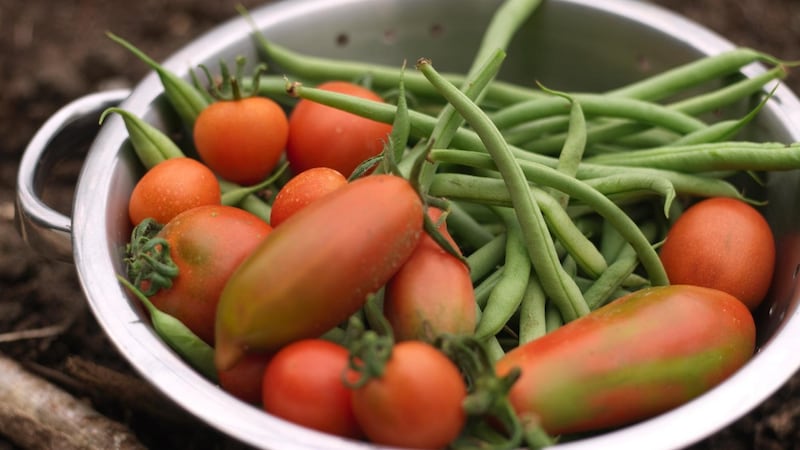
Another excellent catch-up crop for the summer kitchen garden is what Carey refers to as "mini Tokyo turnips", which will be ready to harvest within five to six weeks of sowing. These are best eaten when they're small, young, sweet and juicy, around the size of a golf ball. They are delicious whether eaten raw or lightly cooked (sautéed, roasted, steamed). Seed can be sown right up to the end of July, while the plants enjoy similar growing conditions as beetroot. The turnip greens (the plants' leaves above ground) are also edible and are delicious when blanched and then sautéed in olive oil. Irish seed suppliers include seedaholic.com.
Stick with carrot
Yet another root vegetable that will give you a delicious late crop from an early July sowing is carrot, but only if you choose a fast-growing compact variety. Carey’s pick is Paris Market, a fast-maturing carrot variety with very tender, crisp, flavoursome roots that are so compact they’ll even grow quite happily in a pot or window box. Again, seed is available from seedaholic.com.
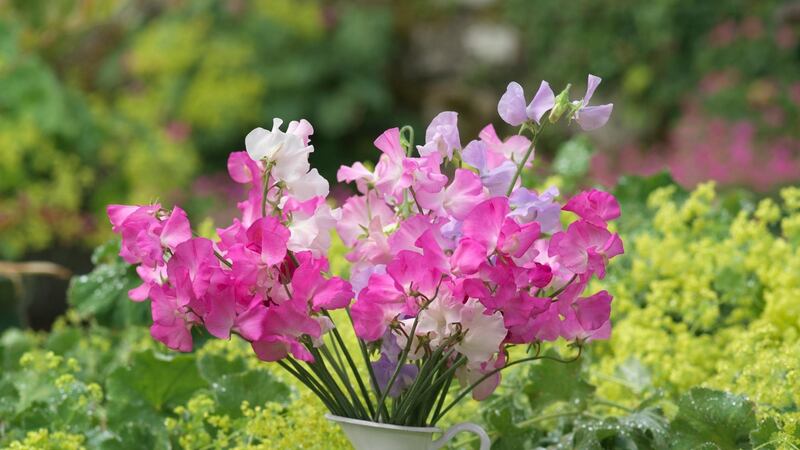
Lettuce, kohl-rabi, radishes and scallions are also well worth either sowing or transplanting as young module-raised plants into the kitchen garden or allotment at this time of the year. So are Swiss chard and oriental leaves such as mizuna, mustard, rocket and pak choi. Other food crops suitable for transplanting as young container-grown transplants include Florence fennel, winter cabbage, kale, calabrese and Chinese cabbage. But try to sow seed in the cool of the evening or in shade, as high temperatures can interfere with the germination process.
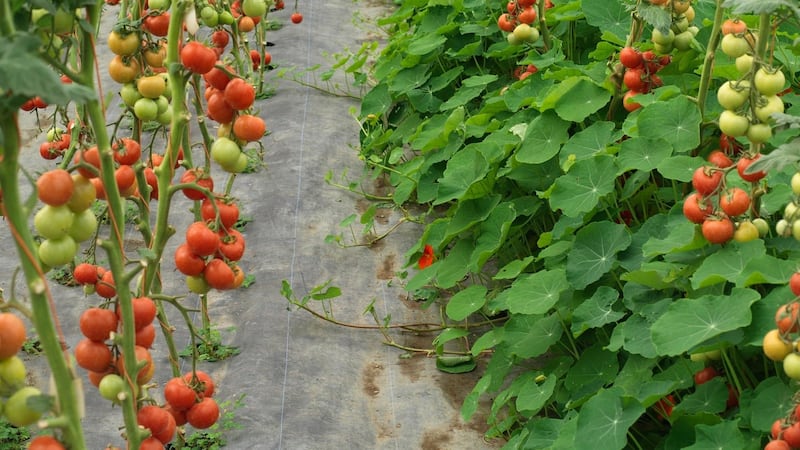
And if you have a polytunnel? Well, then you can still sow seed (into modules for transplanting into their final positions later in the summer, or into well-prepared, well-watered soil) of Swiss chard, dwarf French beans, beetroot, kale, Florence fennel, spinach, turnips, spring cabbage and kohl-rabi as well as lots of different oriental greens and even herbs such as parsley, coriander and chervil. Also lots of lettuce varieties, including both summer types and winter-hardy varieties (examples of the latter include Jack Ice and Reines des Glaces) that will keep you well-stocked in salad leaves during the cold, dark, shortest days of the year. Yes, I know, it’s hard to imagine right now that winter will swing round again in a few months’ time , but it’s all part and parcel of a year’s turning.
This Week in the Garden…
Keep picking the flowers from sweet-pea plants to encourage them to produce lots of fresh new blooms; otherwise flower production will soon slow to a near-halt. If you find that the flower stems are much shorter than you’d like, start giving the plants a really generous and regular watering around the base of the root systems, followed by a liquid tomato feed every week. Sweet-pea plants are naturally very thirsty and hungry, so this will help them to produce much longer flower stems as well as encourage them to keep flowering for many more weeks.
By now your tomato plants should be beginning to produce lots of ripe, sweet fruit. To keep the plants in tip-top condition, keep them well-watered, well-fed (use an organic liquid tomato feed every seven to 10 days), check indeterminate/cordon types regularly for any side shoots or basal shoots, and quickly nip these out when you spot them. Continue to support the growing shoot with garden twine or bamboo canes. Any obviously discoloured leaves should also be removed to prevent a possible build-up of disease.
July is an excellent month to propagate many kinds of different plants (shrubs, herbaceous species and climbers) from cuttings. This is the term used to refer to short lengths (10-15cm) of fresh, young, healthy and non-flowering plant material taken from the parent plant, stripped of their lower leaves and then plunged up to their waists in a good quality seed and cutting compost before being gently watered, covered with a transparent plastic bag to prevent evaporation and placed somewhere warm (but not hot) and bright (but not in direct sunlight). To guarantee a good strike rate, always take cuttings in the early morning or late in the evening, when the plants are at their most turgid. If you can’t prepare the cuttings straight away, then place them in a vase of water or in a sealed freezer bag moistened with a little slosh of clean water to keep the plant material hydrated.
Dates For Your Diary
Saturday, July 14th, and Sunday, July 15th (9am-6pm), St Anne's Park, Raheny, Dublin 5: St Anne's Annual Rose Festival with specialist nursery plant sales, arts and crafts sales, biodiversity hub and more. dublincity.ie
Also July 14th (2.30pm-3.30pm), National Botanic Gardens, Glasnevin, Dublin 9: A free workshop on how to grow and use edible flowers. botanicgardens.ie
Also Sunday July 15th (10am-5pm), Blarney Castle, Clarney, Co Cork: Blarney in Bloom festival with farmer's market, guest speakers and specialist nursery plant sales, admission €8. blarneycastle.ie













